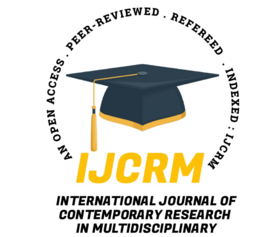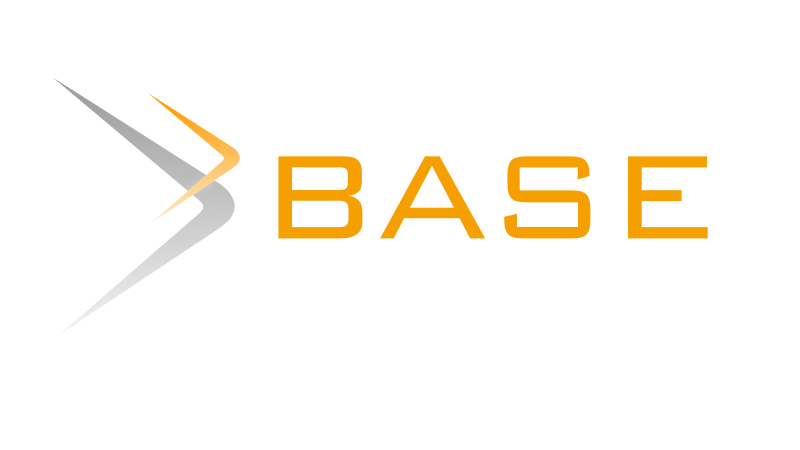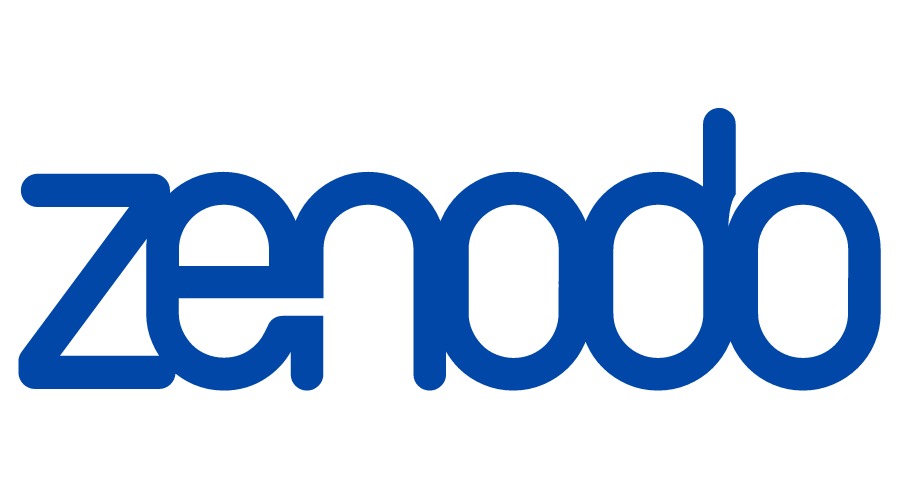International Journal of Contemporary Research In Multidisciplinary, 2025;4(3):578-581
Bridging Gaps and Ensuring Equity: Role of Quality Education in Sustainable Development Goal-4
Author Name: Dr. Franky Rani;
Paper Type: review paper
Article Information
Abstract:
The National Education Policy (NEP) 2020 in India is intended to correspond with the global education agenda, particularly Sustainable Development Goal 4 (SDG-4), which aims to ensure inclusive and equitable quality education for all by 2030. The NEP 2020 proposes to completely rebuild and refocus India's education system in order to address current difficulties and promote holistic growth. The policy also intends to close access and quality gaps by supporting a flexible and inclusive system that meets varied learning requirements and contributes to the achievement of the Sustainable Development Goal for Quality Education. This paper provides a succinct overview of how the National Education Policy and the Sustainable Development Goal synergize, emphasizing their potential to facilitate holistic and sustainable development in India to achieve the goal of Quality Education. It examines the trends in education attainments at all levels of Education in India and explores some major challenges facing the quality education and accessibility issues in education sector. Also, discuss the various government measures to attain the goal of Quality Education in an effective manner.
Keywords:
Sustainable Development Goal 4, National Education Policy (2020), Quality Education, Lifelong Learning, Issues related to Quality Education, Governmental Initiatives
How to Cite this Article:
Dr. Franky Rani. Bridging Gaps and Ensuring Equity: Role of Quality Education in Sustainable Development Goal-4. International Journal of Contemporary Research in Multidisciplinary. 2025: 4(3):578-581
Download PDF





